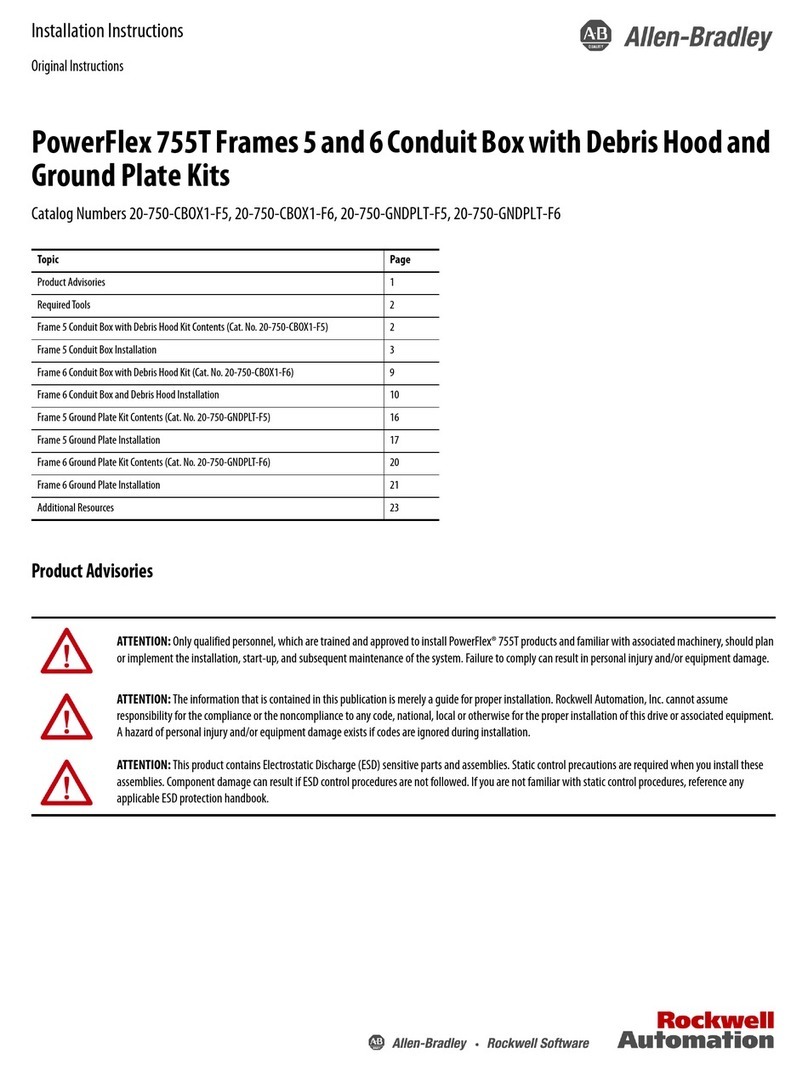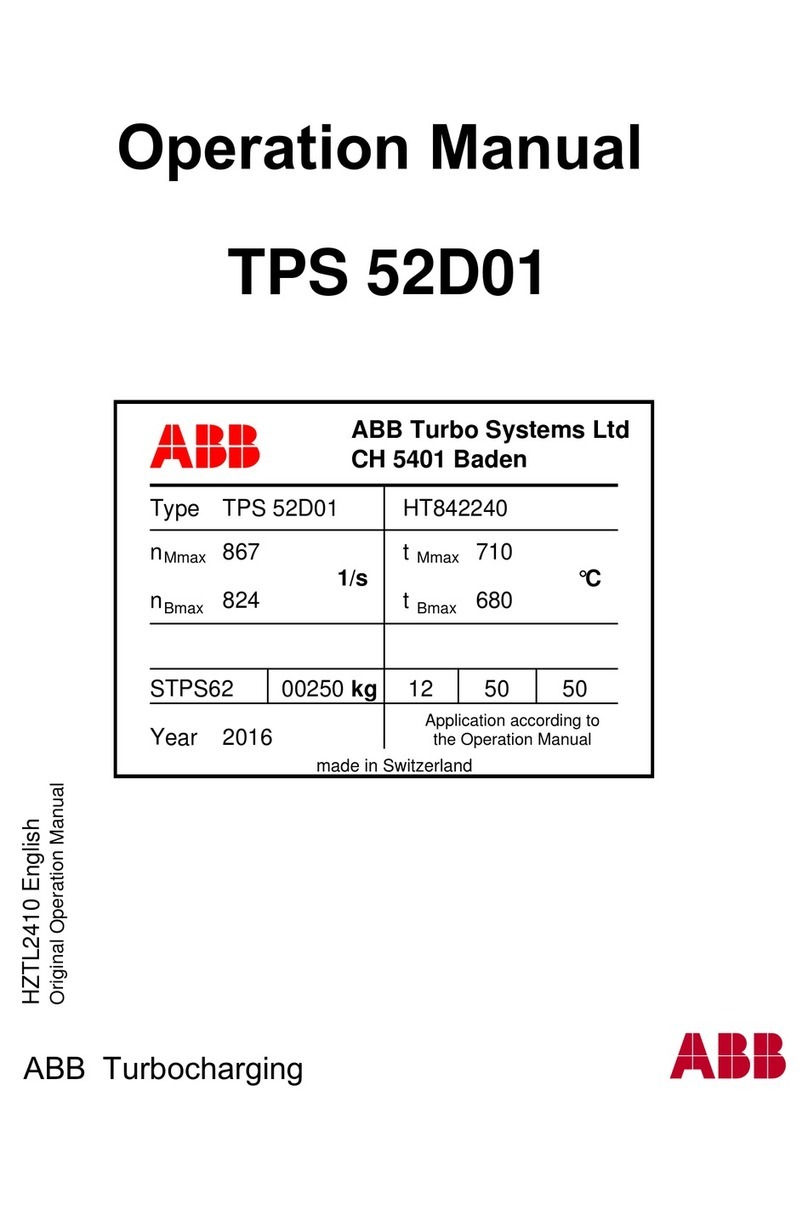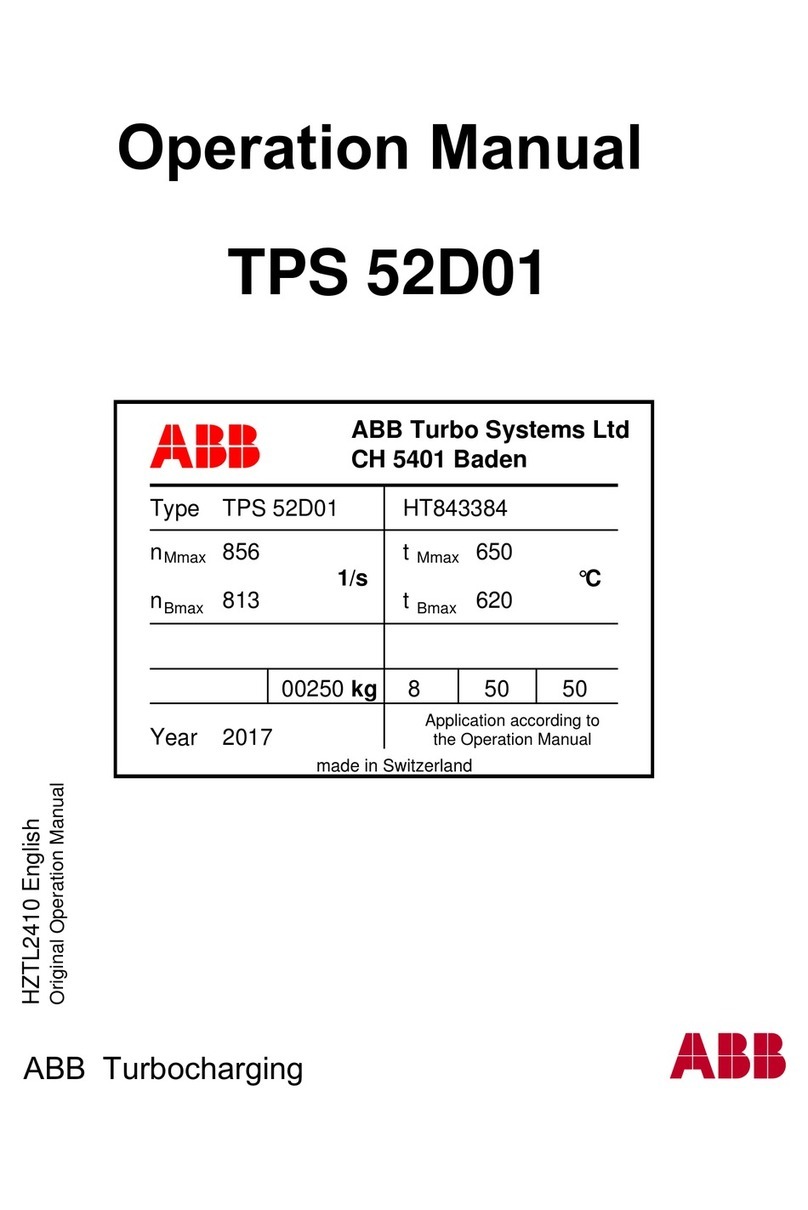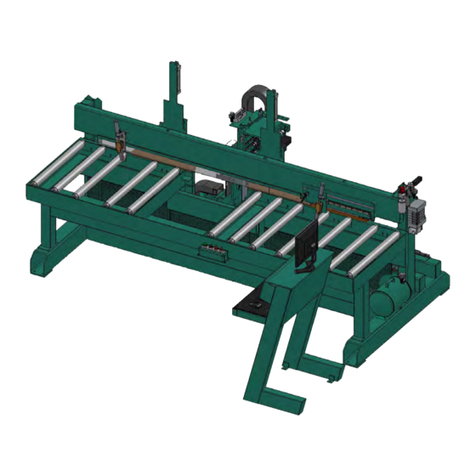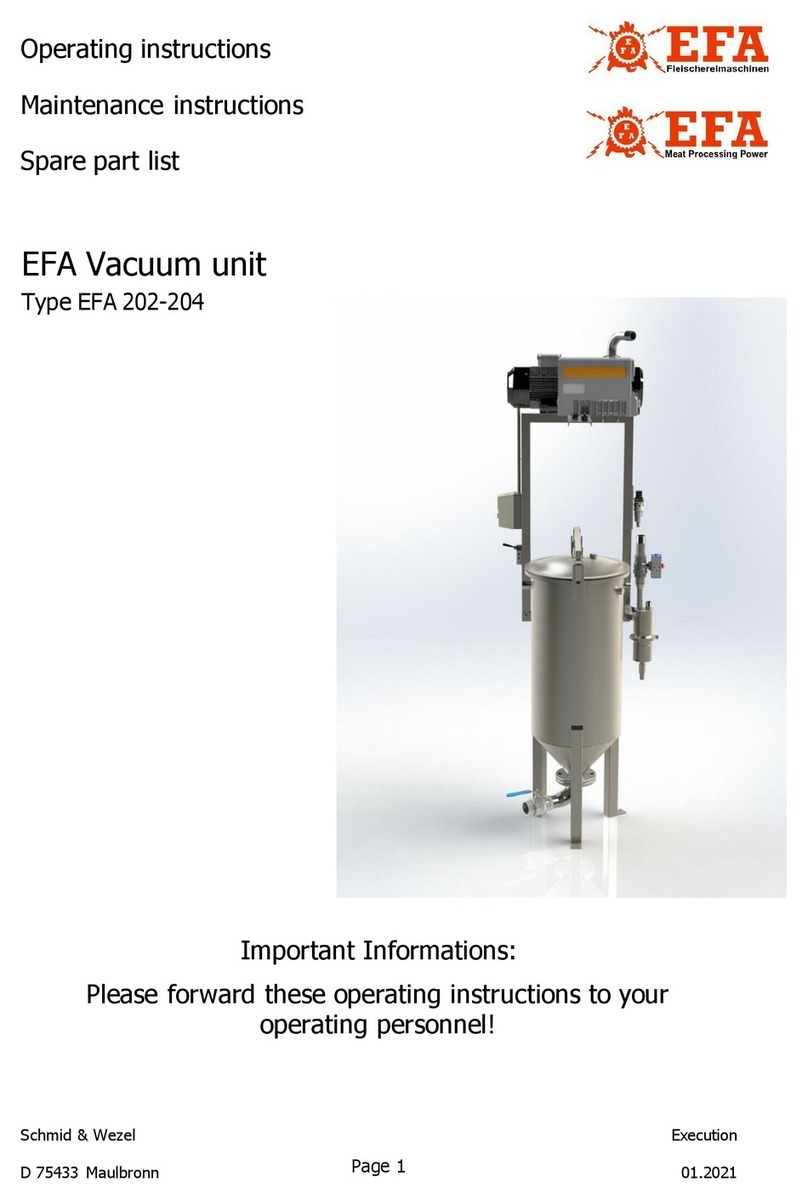Du Pont Cyrel FAST 2000TD User manual

Operation Manual
Cyrel FAST 2000TD
IMPORTANT
Please keep this manual with other equipment documentation for future reference. Please keep this
manual with the 2000TD for future reference.
January 8th, 2020
Edition BD10082030
English (en-us) Original version

0-2 General information
General information
About this manual
This manual applies to the Flexo Processor Cyrel FAST 2000TD .
Always read the separate Safety Instruction Manual part No 21741 before operating the equipment.
This manual is valid for equipment with serial no(s) starting from:
Cyrel FAST 2000TD : 8106
The Cyrel FAST 2000TD is manufactured by:
Glunz &Jensen A/S
Lindholm Havnevej 29
DK-5800 Nyborg
Denmark
This manual is published by:
Glunz &Jensen A/S
Lindholm Havnevej 29
5800 Nyborg
Denmark
Phone: +45 57 68 81 81
E-mail: gj@glunz-jensen.com
Internet: www.glunz-jensen.com
Copyright © January, 2020 by Glunz &Jensen A/S
Operation Manual|Cyrel FAST 2000TD January, 2020

General information 0-3
Reservations
• This manual was written and illustrated using the best possible information available at the time of
publication.
• Any differences between this manual and the equipment reflect improvements introduced after the
publication of the manual.
• Changes, technical inaccuracies and typographic errors will be corrected in subsequent editions.
• As a part of our policy of continuous improvement, we reserve the right to alter design and
specifications without further notice.
Notes, Cautions and Warnings!
Notes, cautions, and warnings in this manual are used and categorized as described below:
Symbol Meaning Explanation
NOTE
The operator should observe and/or act according to the information in order to
obtain the best possible function of the equipment.
CAUTION
The operator must observe and/or act according to the information in order to
avoid any mechanical or electrical damage to the equipment.
WARNING
The operator must observe and/or act according to the information in order to
avoid any personal injury.
Manuals
User manuals are included on delivery of the equipment.
WARNING: Always read the separate Safety Instruction Manual part No 21741 before operating the
equipment.
User Manuals (Printed)
Pcs Description Part No
1 General Safety Instructions 10093396
1 CE Certification 10087683
1 SMC Chiller manual 10097986
User Manuals (Digital: USB stick)
Pcs Description Part No
1 General Safety Instructions 10093396
1 CE Certification 10087683
1 SMC Chiller manual 10097986
January, 2020 Operation Manual|Cyrel FAST 2000TD

0-4 General information
Pcs Description Part No
1 SMC Installation manual 10097985
1 User manual EN (UM) 10082030
1 User manual PL (UM) 10098923
1 User manual DE (UM) 10098924
1 User manual ES (UM) 10098925
1 User manual IT (UM) 10098926
1 User manual ZH (UM) 10098927
1 User manual SL (UM) 10098936
1 User manual FR (UM) 10098937
1 Pre-installation manual (PIM) 10082029
1 Spare parts manual (SP) 10082634
1 Electrical Schematics (SC) 10090811
Please ensure that the customer keeps all user manuals and other equipment documentation in a safe
place near the 2000TD for future references.
The equipment
Approvals
Approvals will appear on labels affixed to or printed on the serial number plate or affixed to the covers of the
equipment.
Unintended use of the equipment
Glunz & Jensen does not take any responsibility for any damage or accidents caused by unintended use of
the equipment.
It is absolutely prohibited to make any modifications, electrical or mechanical, of the equipment. If
however this prohibition is disregarded, Glunz & Jensen's warranty will no longer apply.
Intended use of the equipment
Development and/or processing of flexographic plates as specified in Technical Specifications in the
Service Manual.
'End of lifetime' disposal
The equipment is designed for easy disassembling. All disposal of parts from the equipment must be made
according to local regulations with special regards to following parts:
• For recycling purposes significant components are marked with material specification according to
the ISO 11469 standard.
• Plastic parts must be sent to a waste deposit with recycling. Alternatively the plastic parts can be
incinerated at a suitable incinerating plant.
Operation Manual|Cyrel FAST 2000TD January, 2020

General information 0-5
• PCBs and other electronics parts must be sent to a suitable waste deposit.
Service assistance
If help is needed to correct any problem with the equipment, please contact your local supplier.
January, 2020 Operation Manual|Cyrel FAST 2000TD

0-6 Table of Contents
Table of Contents
General information 0-2
About this manual 0-2
Reservations 0-3
Notes, Cautions and Warnings! 0-3
Manuals 0-3
User Manuals (Printed) 0-3
User Manuals (Digital: USB stick) 0-3
The equipment 0-4
Approvals 0-4
Unintended use of the equipment 0-4
Intended use of the equipment 0-4
'End of lifetime' disposal 0-4
Service assistance 0-5
Table of Contents 0-6
Safety precautions 0-9
Warning labels (yellow labels) 0-9
Instruction labels (blue labels) 0-9
Emergency stops 0-10
Functional description 1-1
Processing description 1-2
Feed and exit 1-6
Clamp bars and transport arms 1-7
Developer material supply and waste 1-7
Nip 1-7
Static drum 1-7
Cooling system 1-7
Catox exhaust system 1-8
Control panel 1-8
Operation procedures 2-1
Starting up 2-1
Shutting down 2-4
Preparing the processor for plate load 2-5
Loading a plate 2-6
Selecting a job 2-7
Stopping a processing job 2-10
Restarting a processing job 2-10
Ejecting plates 2-11
Operation Manual|Cyrel FAST 2000TD January, 2020

Table of Contents 0-7
Stack light signals for plate ejection 2-11
Automatic eject function (after completed processing) 2-12
Manual eject function (after completed processing) 2-13
Manual eject function (interrupting processing) 2-13
Ejecting a plate during processor start-up 2-15
Opening panels 2-16
Translyft lift table 2-17
Panel overview 3-0
Control panel 3-1
Introduction 3-1
Home view 3-1
Status of nonwoven (NW), PET and Waste 3-2
Web change indicators 3-2
Buttons and fields 3-3
Alarms 3-7
Alarm history 3-9
Access levels 3-10
Change of access levels 3-10
Menu diagram 3-11
Tools menus 3-12
User settings 3-15
Statistics 3-16
Maintenance 3-17
Moving arms manually 3-17
Diagnostics 3-18
Main 3-19
Machine diagnostics 3-20
Maintenance 4-1
Maintenance - Requirements 4-1
Maintenance Schedule 4-1
Service reminders 4-2
Cleaning the lay-down and rubber roller 4-3
Change of supply and waste rolls 4-7
Changing nonwoven (NW) and PET rolls 4-7
Changing the waste roll 4-15
Threading of nonwoven (NW), PET and waste 4-22
Appendix A A-1
Alarm list A-1
Appendix B B-1
January, 2020 Operation Manual|Cyrel FAST 2000TD

Safety precautions 0-9
Safety precautions
WARNING: Before performing any maintenance, switch off all power supply to the equipment.
Observe the warning labels on the equipment, and be very aware that the equipment has some
extremely hot areas even after power has been switched off.
Warning labels (yellow labels)
In addition to the general safety precautions mentioned in the Safety Instruction Manual, please also
observe and act according to the warning labels mounted on the equipment itself:
Label Description Label Description
High Voltage Risk of hand injury (gear drives)
Risk of hand injury Risk of hand injury (rollers)
Risk of foot injury Risk of injury from rotating parts
Risk of burns from very hot surface Risk of crushing due to
e.g. heavy equipment
Maximum load (e.g. lift)
Instruction labels (blue labels)
Label Description Label Description
Consult the manuals before further
action
January, 2020 Operation Manual|Cyrel FAST 2000TD

0-10 Safety precautions
Emergency stops
The processor has two emergency stops, one located on each of the right and left top side panels.
Pushing an emergency stop will instantly:
• Make the processor stop.
• Switch off the heating.
• Stop the drum movement.
• Pull back the heated roller.
• Show an alarm on the control panel.
Operation Manual|Cyrel FAST 2000TD January, 2020

Functional description 1-1
Functional description
1. Plate feed Feed table for load of single plate.
2. Clamping and release During load: clamping of the plate to the front and rear
clamp bars. During unload: release of the plate from the
front and rear clamp bars.
3. Clamp bars and clamp arms The clamp arms with clamp bars ensure a firm grip and
correct tension of the plate during processing.
4. Developer material supply and
waste rolls
The developer material supply and take-up system consists
of three rolls for; a nonwoven supply, PET supply, and
waste.
5. Nip Nip comprised of two rollers; the format cylinder and the
heated roller. The nip pushes a nonwoven and PET material
onto the plate surface. By very high temperature the
nonwoven material absorbs the unexposed photopolymer
while the PET protects the heated roller.
6. Static drum Supports the plate during processing.
7. Cooling system Keeps the temperature of the plate and equipment down.
Correct temperatures are controlled by the build-in
software.
8. Exhaust system (catox) Removes chemical fumes and hot air from the equipment
and the working area. Correct temperatures are controlled
by the built-in software.
9. Plate exit Exit slot for unloading the plate.
10. Control panel Operation and configuration
January, 2020 Operation Manual|Cyrel FAST 2000TD

1-2 Functional description
Processing description
The plate is placed on the feed table and moved down to activate the load switches on the stamping bar.
When the 'Start' button is pushed and the plate loads into the processor the processing of the plate starts
and the number of processing cycles defined for the chosen program will be executed.
A visual check through the window in the top cover will determine whether the plate is positioned, and
runs, correctly. If for any reason the plate is not positioned/attached correctly, it is possible to stop the
process, exit the plate and reposition and restart the process. For detailed instructions please refer to
"Operation procedures" on page2-1.
When the plate enters the processor:
The stamper bar will press the front
edge of the plate into the front clamp
bar while at the same time the plate
front-stops will retract.
The stamper bar will lift away from the
plate surface.
The front clamp arm will rotate around
the static drum pulling the plate into
the processor.
Operation Manual|Cyrel FAST 2000TD January, 2020

Functional description 1-3
After about two seconds, the lay-down
roller will drop onto the plate surface to
keep tension on the plate as it is pulled
around the static drum.
The rear edge of the plate enters the
processor.
The rear edge of the plate stops over
the rear clamp bar.
The stamper bar will press the rear
edge of the plate into the rear clamp
arm pin bar.
The stamper bar will lift away from the
plate surface.
The lay-down roller lifts away from the
plate surface.
January, 2020 Operation Manual|Cyrel FAST 2000TD

1-4 Functional description
The front and rear clamp arms tension
the plate ready for processing.
The front and rear clamp arms will now
synchronize with each other and
rotate the plate around the static drum.
The stack light will flash green.
The plate rotates around the static
drum for the number of revolutions
defined for the selected program.
Close to the nip, the polymer-plate is
preheated by means of an IR heater
and, when it reaches the nip, heated
by the heated roller.
On each revolution the plate makes
around the static drum, the heated
roller will travel to the plate surface
pushing the nonwoven and PET
material onto the plate surface. The
nonwoven material absorbs the
unexposed photopolymer.
Operation Manual|Cyrel FAST 2000TD January, 2020

Functional description 1-5
After each revolution, the heated roller
retracts to avoid hitting the clamp
arms.
The equipment works at a very high
working temperature. To ensure
correct temperatures around the plate
a chiller unit supplies cooled water to
the temperature control system.
Chemical fumes and acrylic granules
produced in the development process
are removed from the inside of the
processor via a suction hood and fed
into a catalyst unit (catox) to be
catalyzed and then removed from the
processor via an external exhaust
system.
Once the full number of revolutions
has been completed, the processor
will automatically position the front
clamp arm in the eject position.
The front clamp arm stops over the
ejection pins. The tension is released
between the front and rear clamp arms
and the ejector pins will activate
upwards and pass through the holes in
the clamp bar, pushing the plate away
from the pins and detaching it.
The stripping finger bar will rise to its
upper position as the plate is pushed
out of the processor through the exit
slot.
January, 2020 Operation Manual|Cyrel FAST 2000TD

1-6 Functional description
The plate will continue to exit the
processor until the rear clamp arm
stops in the eject position.
The control panel will now display the
blue 'Eject' button.
At this point, and to avoid the plate
from falling onto the floor, the operator
must take hold of the plate and then
manually activate the eject function.
The ejector pins will activate upwards
and pass through the holes in the
clamp bars pushing the plate away
from the pins and detaching it.
The plate will now be completely
released from the clamp bar and can
be removed from the exit slot.
Once the plate has been fully ejected
from the processor, both clamp arms
will automatically return to their
respective load positions ready for the
next plate.
Feed and exit
The plate feed is done manually via the feed table.
For correct feeding of the plates, the feed table is
equipped with small guides. When the plate enters
the processor, it is detected by feed sensors, and
then automatic clamping and transport take over.
When the processing is complete the plate
automatically exits through the exit slot.
Operation Manual|Cyrel FAST 2000TD January, 2020

Functional description 1-7
Clamp bars and transport arms
The clamp bars are attached to the transport arms and thus comprises the plate transport system.
Developer material supply and waste
When the plate reaches the nip it meets the developer material consisting of a nonwoven (NW) and a thin
polyethylene (PET). The nonwoven absorbs the unexposed photopolymer from the plate while the PET
protects the heated roller and transport rollers from the photopolymer absorbed by the nonwoven.
The supply rollers hold the new unused material of nonwoven and PET.
The waste of both NW and PET is collected and rolled up on one waste roller.
During the development process the effective diameter of the rollers are measured by an encoder, and
when the supply material is about to run out, the encoder sends a signal to the electronic control which
then sends an alarm to the operator. Likewise, when the waste roller is full.
Nip
The nip (A) comprises two rollers: the format cylinder (FC) and the heated roller (HR).
The heated roller moves down to close the nip when the front end of the photopolymer plate passes the nip
and the actual developing process starts. The heated roller automatically pulls back (B) each time the front
and rear clamp bar passes during the development process.
The format cylinder is mounted inside the drum. On the format cylinder is mounted a slip fit adapter (SFA)
which is a compressible foam sleeve.
Static drum
The static drum consists of a frame mounted with steel rollers to support the plate when pulled around the
drum.
The static drum thus remains steady while the transport arms transport the plate around the drum.
Cooling system
To ensure the correct plate and internal temperature is controlled, a chiller unit supplies cooled water to
the temperature control system inside the static drum.
January, 2020 Operation Manual|Cyrel FAST 2000TD

1-8 Functional description
Catox exhaust system
The processor is equipped with a catalytic oxidizer (catox) and must to be connected to an external
exhaust system. The chemical fumes and acrylic granules produced in the development process are
removed from the inside of the processor via a suction hood and fed into the catox where it is catalyzed
and then removed from the processor via the external exhaust system. For noise reduction a silencer is
mounted to the exhaust duct.
Control panel
The control panel holds all the processor operating and control functions.
The control panel is a finger touch panel with a graphic illustration of the processor itself, and buttons for
easy access to alarms and menus, statistics etc.
NOTE: For this manual, the functions described and screen images used are based on software
revision 966.
CAUTION: Use finger tips to avoid blocking editable area when operating the control panel. Do not
place a palm on the touch panel, or use sharp objects.
For detailed description of functions and behaviors please refer to chapter 3 "Control Panel".
Operation Manual|Cyrel FAST 2000TD January, 2020

Operation procedures 2-1
Operation procedures
Starting up
Before switching power on and starting up, a few things should be checked:
• Make sure that the external exhaust system is switched on. If in doubt, please consult the inhouse
service technician.
• Make sure that the compressed air supply system is switched on. If in doubt, please consult the
inhouse service technician.
• Make sure that the chiller unit is switched ON.
Procedure
1. Locate the main power switch in the front left
side panel, and switch power to ON.
The control panel will start up displaying ...
- Machine illustration, ..
-"2000TD loading", ..
-"DuPont" flash screen.
2. Then the display changes to show the home
view and the top line shows ..
"Ready to initialize"
.. continue with step 3. Donot press the
'Initialize' button yet.
NOTE: If by accident pressing the
'Initilize' button before turning the heat
on, the following message will be
displayed ...
January, 2020 Operation Manual|Cyrel FAST 2000TD

2-2 Operation procedures
3. Press the 'On/Off' button.
4. Press the 'Heating - Power ON' to start
heating of the heated roller and the catox.
5. Press the 'Home' button to return to home
view.
6. Now press the 'Initialize' button.
When heated up, the initialization starts
automatically.
NOTE: It will take approx. 40 min. for
the heated roller and the catox system
to reach the set temperature.
7. During initialization the display presents
buttons and processor overview as described
in the following:
• The 'Stop' button will be presented and
the top line will display:
"Preparing for load"
If pressing the 'Stop' button the "Stop -
Finish cycle - No" pop-up dialog will be
displayed. The dialogue will close
automatically after 10 sec. if nothing is
chosen.
• When the initialization process is
complete the home view will display the
'Job selection' area.
Operation Manual|Cyrel FAST 2000TD January, 2020
Table of contents
Popular Industrial Equipment manuals by other brands
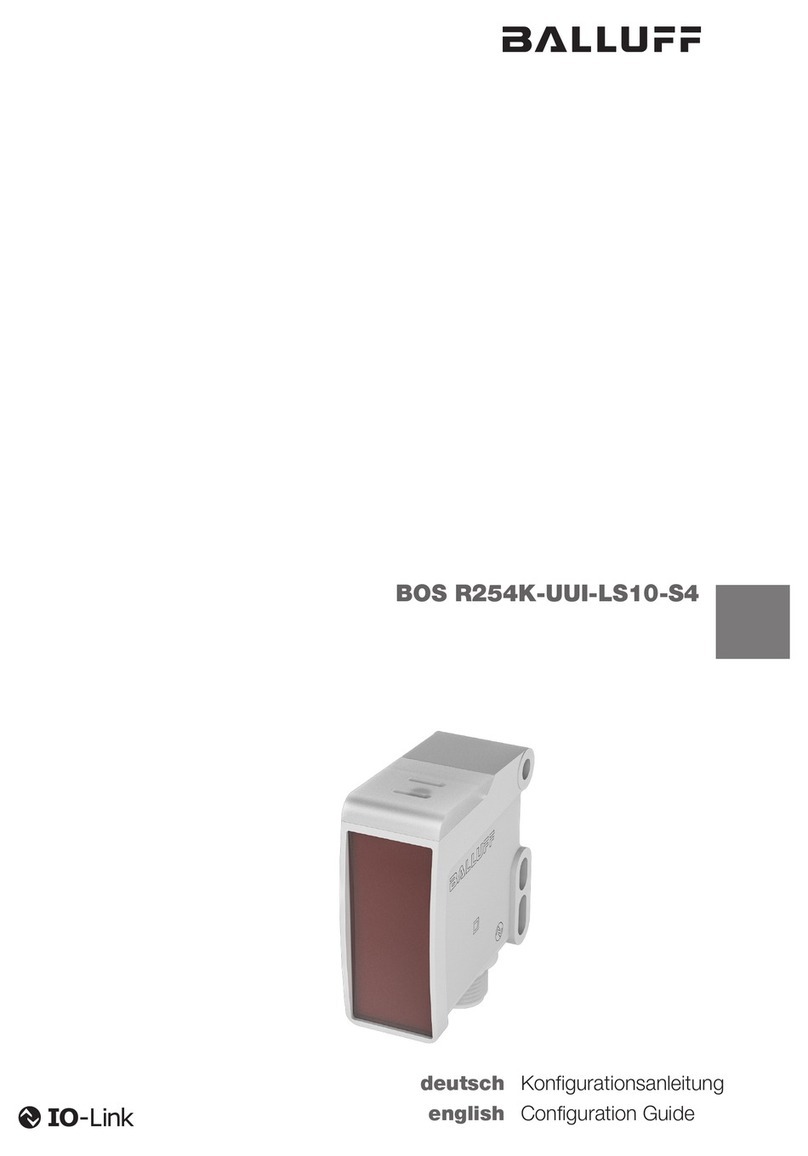
Balluff
Balluff BOS R254K-UUI-LS10-S4 Configuration guide
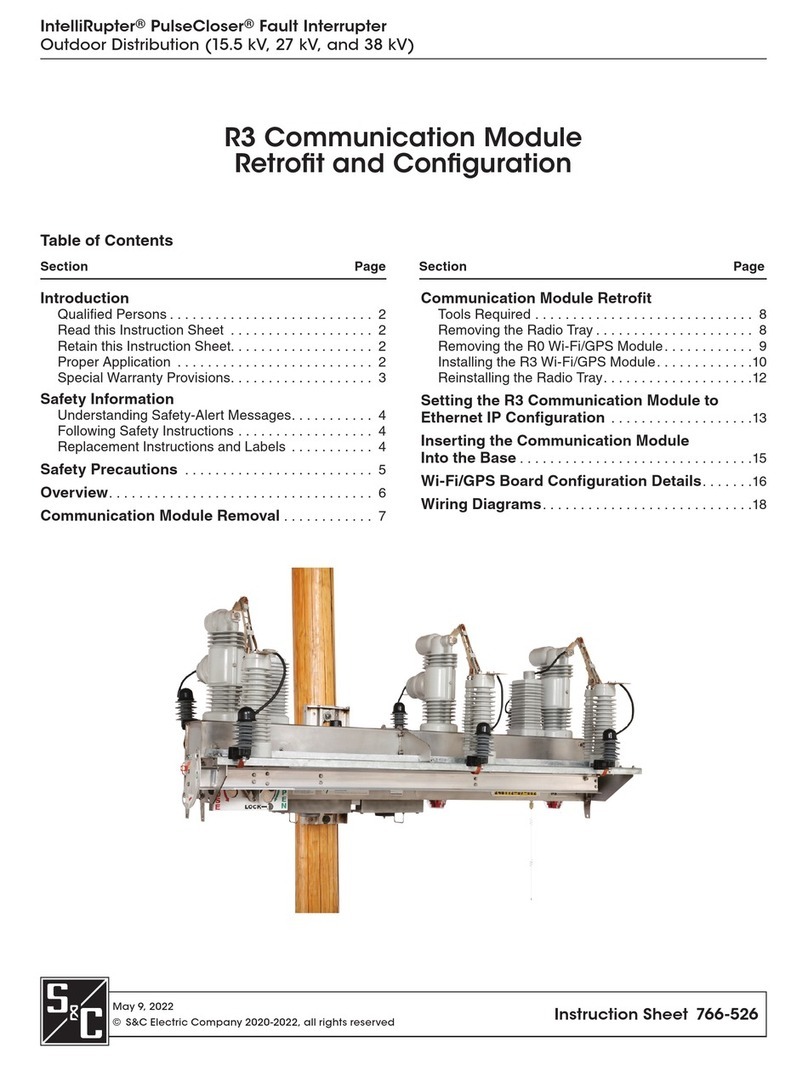
S&C
S&C IntelliRupter PulseCloser R3 Retrofit Guide
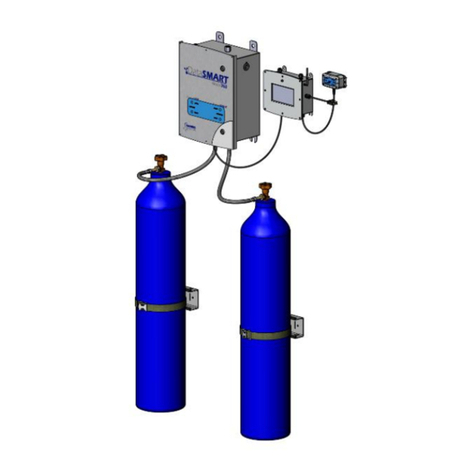
Harris
Harris DataSmart 763 Installation & operation manual

Idex
Idex KNIGHT SINK MATE PLUS instruction manual
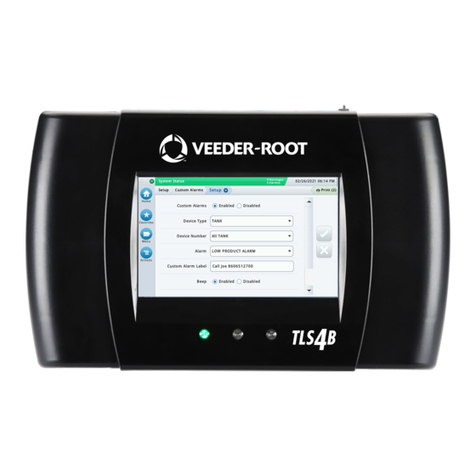
Veeder-Root
Veeder-Root TLS-4 Series Programming and troubleshooting
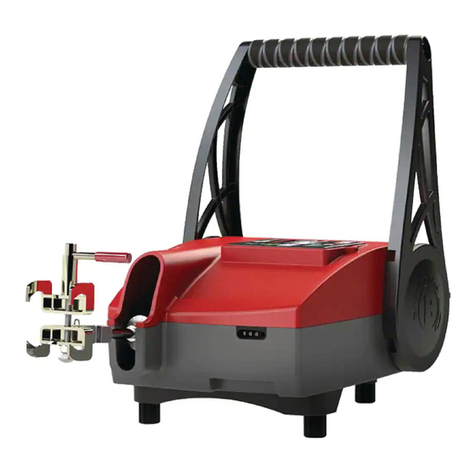
BrakeBuddy
BrakeBuddy SELECT 3 39524 instruction manual
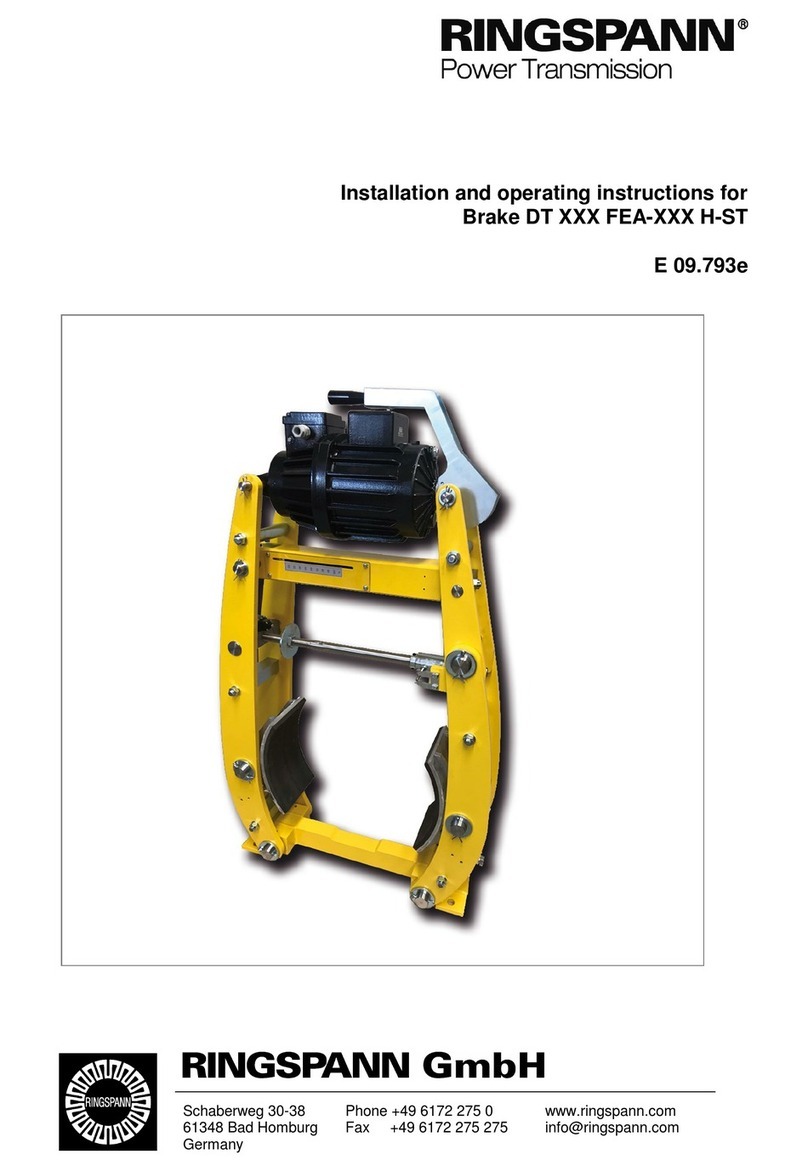
RINGSPANN
RINGSPANN DT FEA H-ST Series Installation and operating instructions
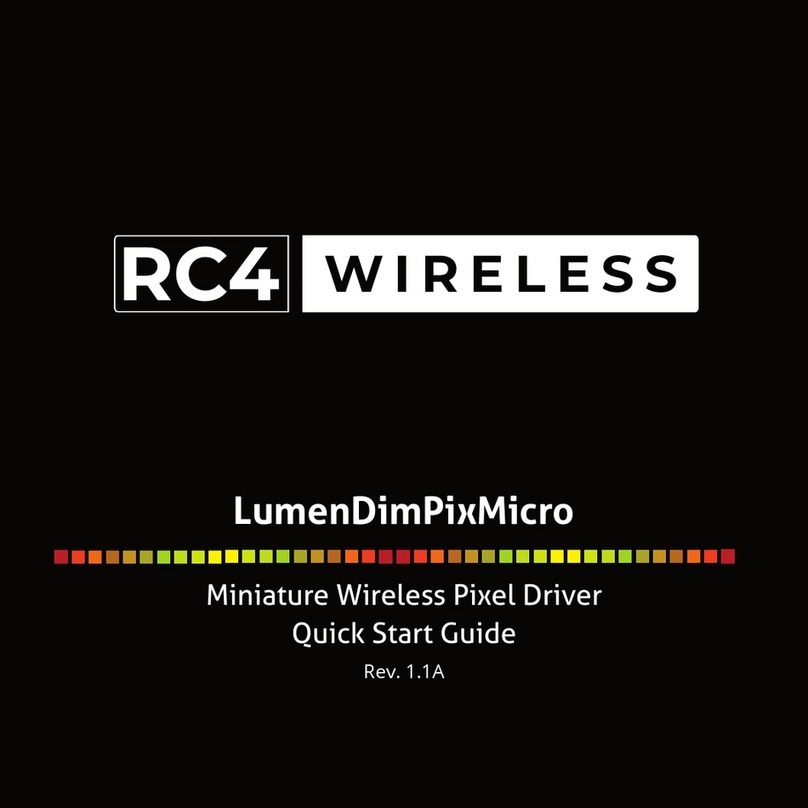
RC4 Wireless
RC4 Wireless LumenDimPixMicro quick start guide
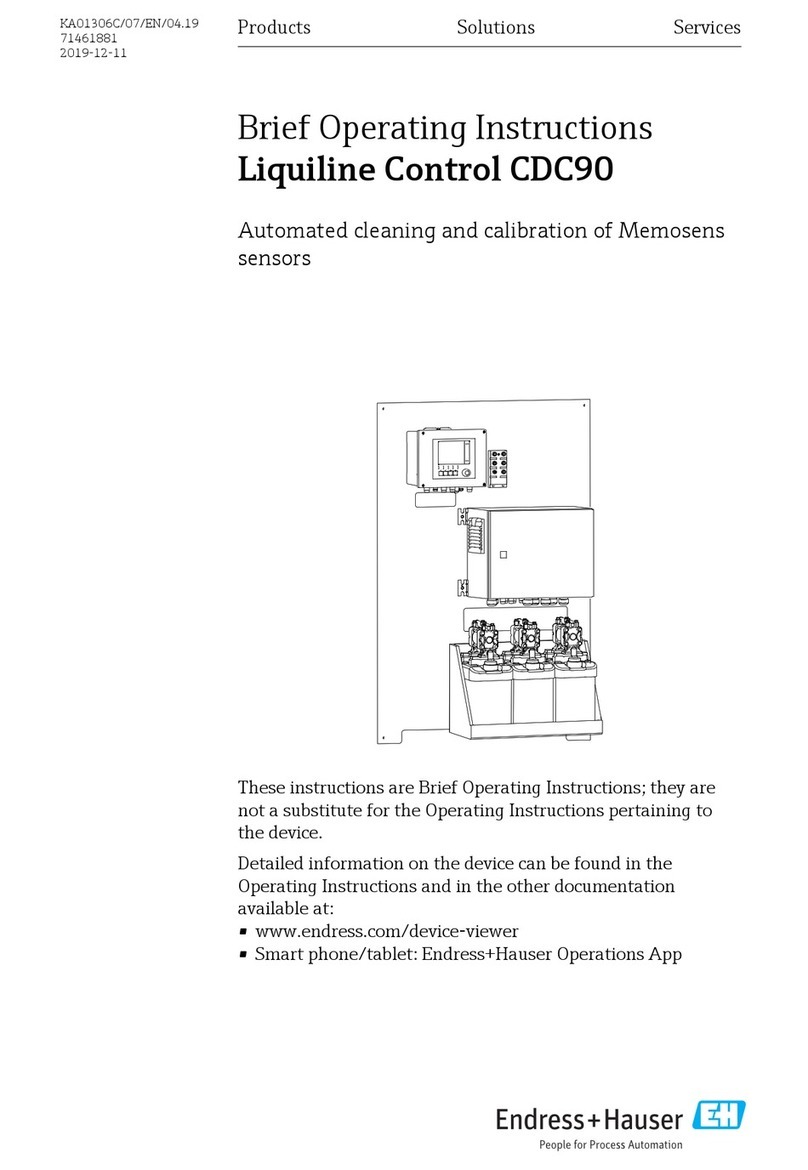
Endress+Hauser
Endress+Hauser Liquiline Control CDC90 Brief operating instructions
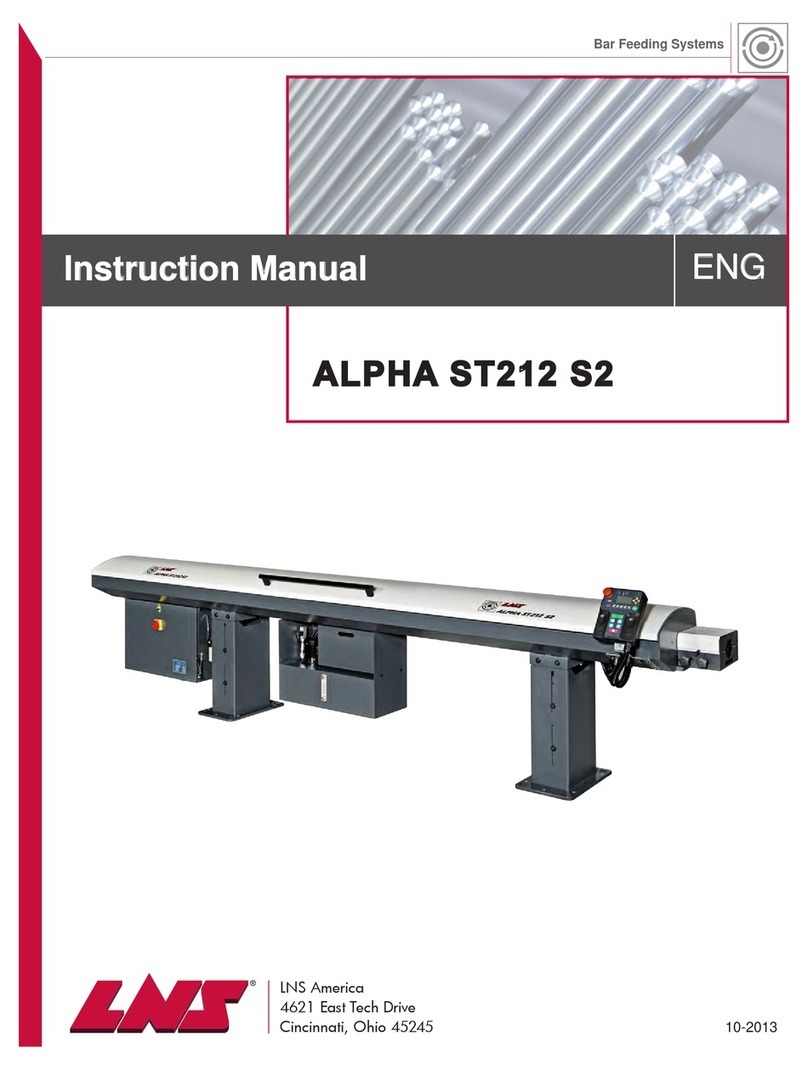
LNS
LNS ALPHA ST212 S2 instruction manual
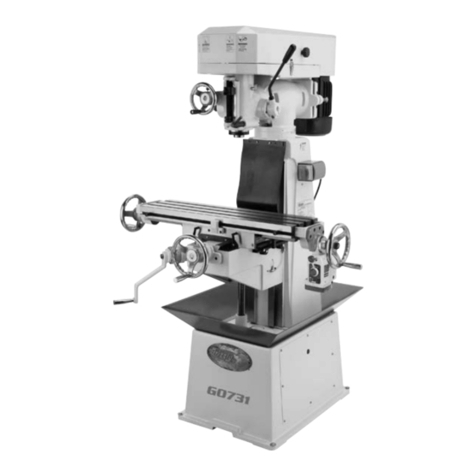
Grizzly
Grizzly G0731 owner's manual

ABB
ABB HT609445 Operation manual

